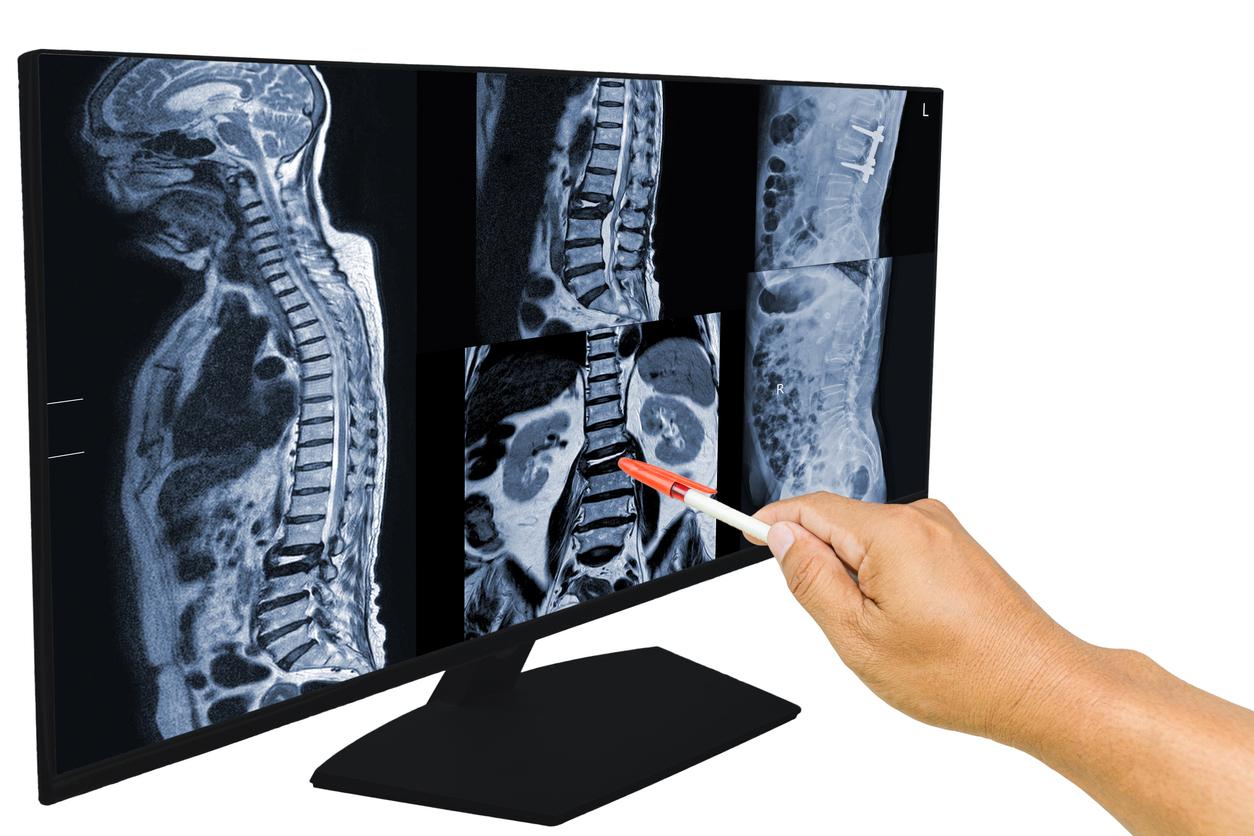Systemic mastocytosis is a rare disease that affects bone marrow cells. Researchers have discovered a new diagnostic tool and potential treatment.

- Systemic mastocytosis is a rare disease: it affects bone marrow cells.
- Researchers have discovered a new treatment capable of targeting one of the receptors involved in the disease without causing any major side effects.
- They also developed a diagnostic tool to differentiate between two forms of the disease.
Systemic mastocytosis affects less than 5 people in 10,000 in Europe. The figure comes from the High health authority : she describes the disease as serious, rare and disabling, and the existing treatments are “boundaries”. During the final meeting of the American Society for Hematology (ASH), a research team presented the results of a study that could transform the management of the disease. Its authors have discovered a new diagnostic tool and a therapeutic avenue.
What is systemic mastocytosis?
“Systemic mastocytosis (SM) is characterized by an abnormal accumulation of mast cells, a type of immune cell found throughout the body that contributes to allergic and inflammatory responses, they specify. In most adults with SM, the disease is caused by a specific mutation in the KIT gene (called D816V), a tyrosine kinase receptor, which leaves it in a permanently active state. Current treatments target this receptor, but they cause significant side effects.
An effective and well-tolerated treatment for treating patients with systemic mastocytosis
In their trial, Dana-Farber Cancer Institute researchers tested the effectiveness of a new drug, called bezuclastinib. “This oral drug is a potent, highly selective inhibitor that targets KIT D816V while sparing other closely related kinases.”they explain. In total, 32 patients were recruited to test four different dosages. On average, treatment lasted just over a year. “In all patients, regardless of the dose administered, significant responses were observed, note the authors. More than 90% of patients achieved at least a 50% reduction in mast cell burden as measured by laboratory and bone marrow tests.” American scientists also noticed the high tolerance of patients to the treatment: “We “We haven’t seen the toxicity and poor tolerability often reported with other KIT inhibitors, and that’s really exciting.”underlines Daniel J. DeAngelo, who presented the results at the ASH Congress. In some patients, scientists have observed complete remission of this bone marrow cell disease.
A new diagnostic tool to differentiate between two forms of mastocytosis
In a second study, Drs. Virginia Volpe, Shai Shimony, and Daniel J. DeAngelo and their colleagues sought to design a simple mathematical tool to help distinguish patients with the advanced, life-threatening form of systemic mastocytosis from those who have the less aggressive, so-called indolent form of the disease. “The diagnosis and classification of patients with systemic mastocytosis is rather complicated, and patients are often misdiagnosed as having indolent systemic mastocytosis when they actually have advanced systemic mastocytosis, or vice versa, meaning that they do not receive the appropriate treatment“, explains Dr. DeAngelo. Thanks to different cohorts of medical data, the team managed to develop this mathematical tool. It is capable of distinguishing the two forms of the pathology in 90% of cases. “This simple calculator that we have developed should help healthcare professionals differentiate between these two distinct disease entities and therefore provide more accurate diagnosis and treatment recommendations.”concludes Daniel J. DeAngelo.














